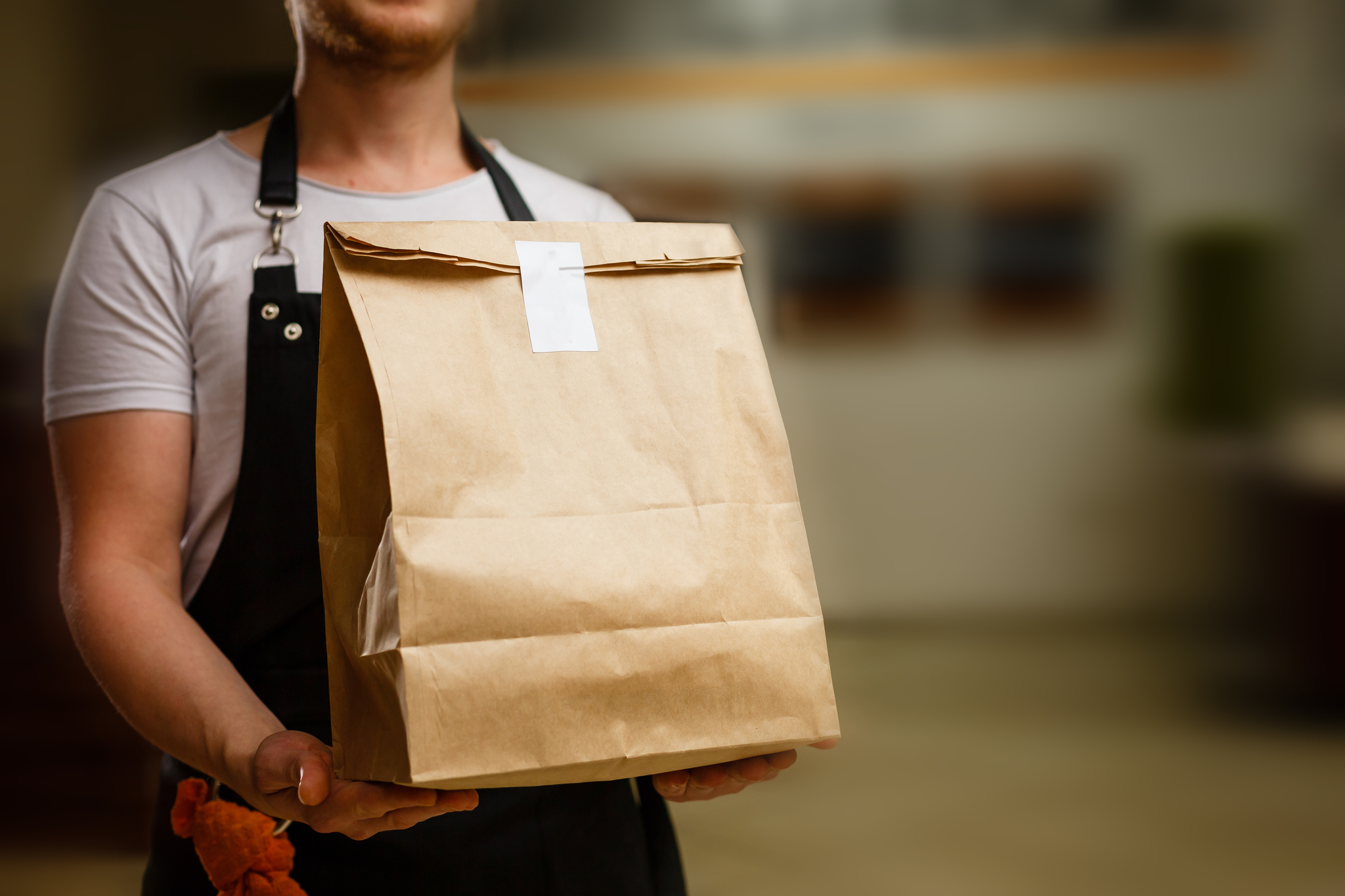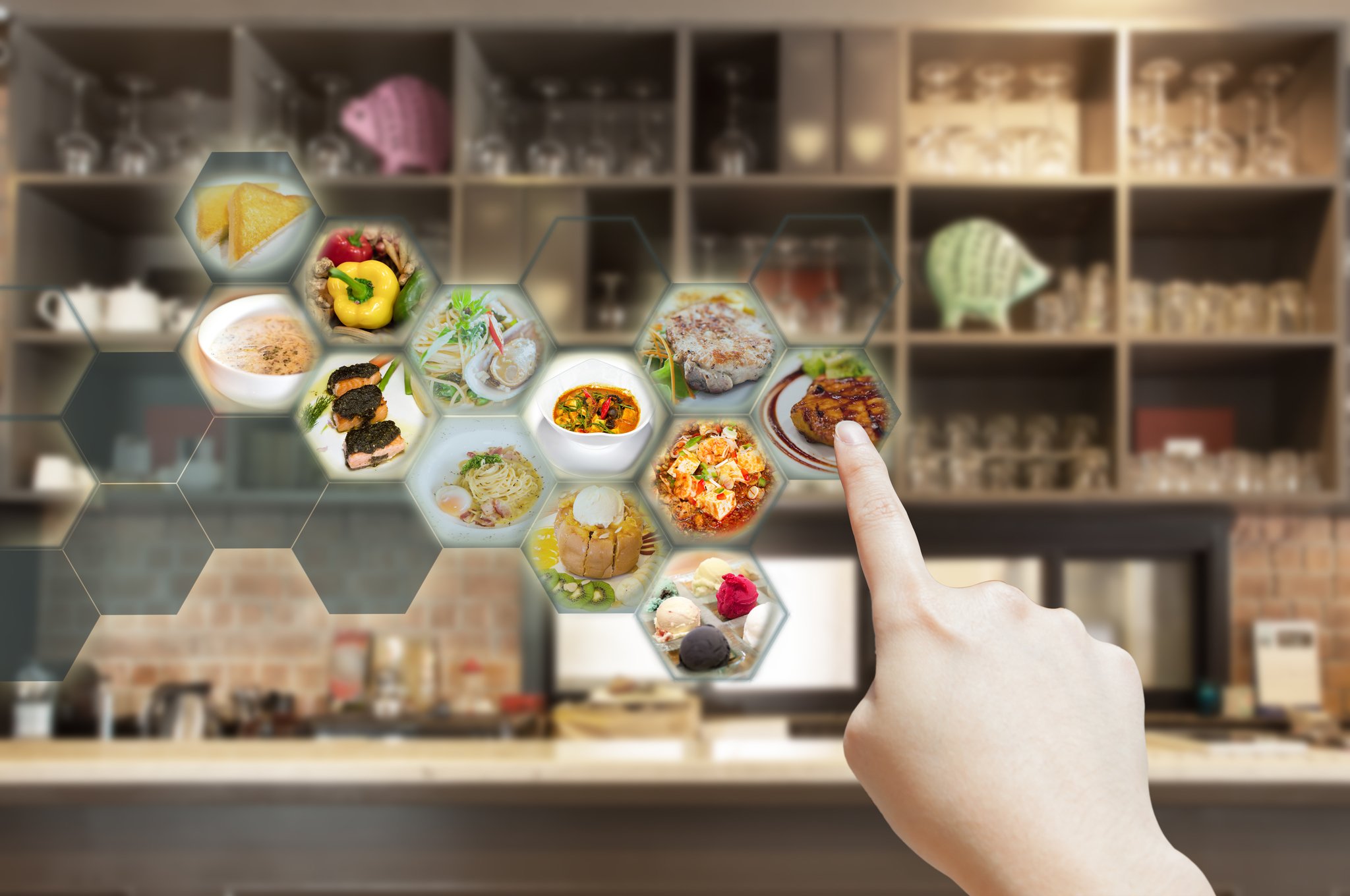How restaurants can address the challenge of third-party delivery

Apps like DoorDash, GrubHub, and UberEats were seeing explosive growth even before the pandemic.
A 2017 study by experience management partner Service Management Group found that 75 percent of consumers would order food elsewhere if a restaurant wasn't available via third-party delivery. Unsurprisingly, 2018 saw customers order a total of $10.2 billion in food from these services, making meal delivery the fifth-largest revenue stream in the entire food services industry. By 2019, the average person had two food delivery apps and used them at least thrice per month.
As for 2020? As you might expect, the pandemic saw our usage of food delivery apps more than double. At the same time, no one seemed to be making any money, save perhaps the delivery services themselves. But it's not like participation is optional — whether or not to work with third-party delivery is, at this point, a Hobson's choice.

The options are to play ball or go out of business. You're aware of this, of course. You've likely been struggling with the costs of third-party delivery for some months now.
But what have you done to adapt to third-party delivery? Do you have any unique processes intended for working with delivery companies? Have you integrated third-party delivery into your point of sale system, or are you still treating it as something external to your business?
If you play your cards right, third-party delivery doesn't have to be painful. For savvy restaurateurs, it can be immensely beneficial. Here's what you can do to adapt.
Update your operations

If you're anything like most restaurants, your reason for partnering with delivery companies in 2020 was simple. Between lockdowns forcing you to close your doors and social distancing reducing dine-in revenue, you needed delivery to survive. Once the pandemic ends, delivery will still be important, of course.
But you'll have a lot more freedom to set the tone of your partnership, especially given the agreement recently penned by the National Restaurant Association.
First, ask yourself what you want to achieve. Are you simply looking to improve brand awareness, or do you want to dive deep and learn more about your delivery audience? Beyond that, you'll also want to decide who to partner with.
Different delivery services offer different fees and opportunities. That said, many restaurants choose to partner with as many as possible to maximize visibility. Some even choose to create their own online delivery system, though this is something we'd advise you only pursue with caution.
From there, you're going to want to take a few initial steps.
- Redesign your to-go packaging. You'll want to account for the following.
- What it's made of. Different materials are suited for different food items. Styrofoam, for instance, can actually trap steam, resulting in soggy food.
- How it looks. Where possible, spring for branded packaging. Research indicates that this can contribute to a positive perception of your brand, improving both loyalty and revenues.
- How it's designed. Good packaging is tailored to the individual food item it contains, easy to re-seal, and made to prevent spills.
- Update your operations. You might, for instance, consider expanding your kitchen to add a section exclusively dedicated to preparing to-go meals, or adding specialized lockers to store prepared food for couriers. You'll also want to consolidate your technology to support this redesign (more on that below).
- Rethink your menu. Certain menu items simply do not work with third-party delivery. While this is largely a matter of trial, error, and analytics, you can use a bit of common sense here too.
Revamp your technology

During the pandemic, many restaurants were forced to hurriedly start working with third-party delivery services. They didn't have time to optimize things. Given that the pandemic isn't yet over, many of them still haven't.
This has created a laundry list of problems:
- Significant manual work. Each third-party delivery service has its own application and its own interface. Typically, that means having to manually update and monitor each app individually at a time when you're likely already running on fumes.
- Inconsistent offerings between different delivery services. For instance, a restaurant might offer hot dogs on DoorDash, but not on UberEats, for instance.
- No high-level operational view. Restaurants are frequently left in the dark not only about what dishes performed well, but also regarding the identities of their most valuable, loyal repeat customers. This means being completely blind to new opportunities.
- Inefficient order management. Nearly everyone who frequently orders food during the pandemic has had to deal with an order that arrived late, cold, missing items, or altogether incorrect. The blame usually doesn't rest on restaurant employees but rather on the systems they're forced to use.
- Disjointed branding and marketing. There's a good chance that marketing and outreach have been the last things on your mind, especially if you're a smaller restaurateur. This puts you at a considerable disadvantage compared to larger, more established restaurants.
- A damaged brand. When a customer has a negative experience with your restaurant, they'll remember it. Not only will they be less likely to order from you in the future, but they may also tell friends and colleagues to avoid you as well.
The good news is that there's an easy solution for all of these problems. Simply stop treating your point of sale system (POS), menu management, outreach, and order management tools as separate entities. Instead, seek a POS that consolidates them all into a single, unified platform.

You don't have time to juggle multiple delivery, analytics, and menu apps during the pandemic. And if you plan to continue supporting delivery in the future, it's not something you can afford to do. Restaurant POS helps address this problem through efficient menu management, order consolidation, reporting, and engagement tools.
It's just the thing to help your business not only make it through the pandemic, but thrive once COVID-19 is finally gone.
Keep your eyes forward
It's no exaggeration to say that the coronavirus pandemic has forever changed the restaurant industry. It's forced everyone from small owners to large franchises to rethink their operations. At the moment, many are still struggling, limping along and praying for the day the pandemic ends.
You don't need to be among them. By rethinking your approach to third-party delivery and optimizing both your operations and technology, you have the potential to thrive. To get back on your feet and step into the future while your competitors still struggle in the past.
iMore offers spot-on advice and guidance from our team of experts, with decades of Apple device experience to lean on. Learn more with iMore!

iMore.com is your source for all things Apple, and the IM Staff author represents our collective hivemind, for those occasions when the whole team speaks with one voice to bring you important updates about the site, editorial policies, awards, promotions and more.
The iMore team of Apple enthusiasts and experts shows you how to get the most out of your tech life by using Apple products and the apps, services, and devices they connect with to their fullest. iMore is a mainstay in the Apple community for good reason. Every single iMore writer and editor takes their job seriously, and we prioritize accuracy and editorial independence in everything we do, never receiving compensation for coverage and never pulling punches.
As well as our amazing group of regular contributors, the iMore staff team currently consists of:
Gerald Lynch — Editor-in-Chief
Stephen Warwick — News Editor
Daryl Baxter — Features Editor
John-Anthony Disotto — How To Editor
Tammy Rogers — Senior Staff Writer
James Bentley — Staff Writer
